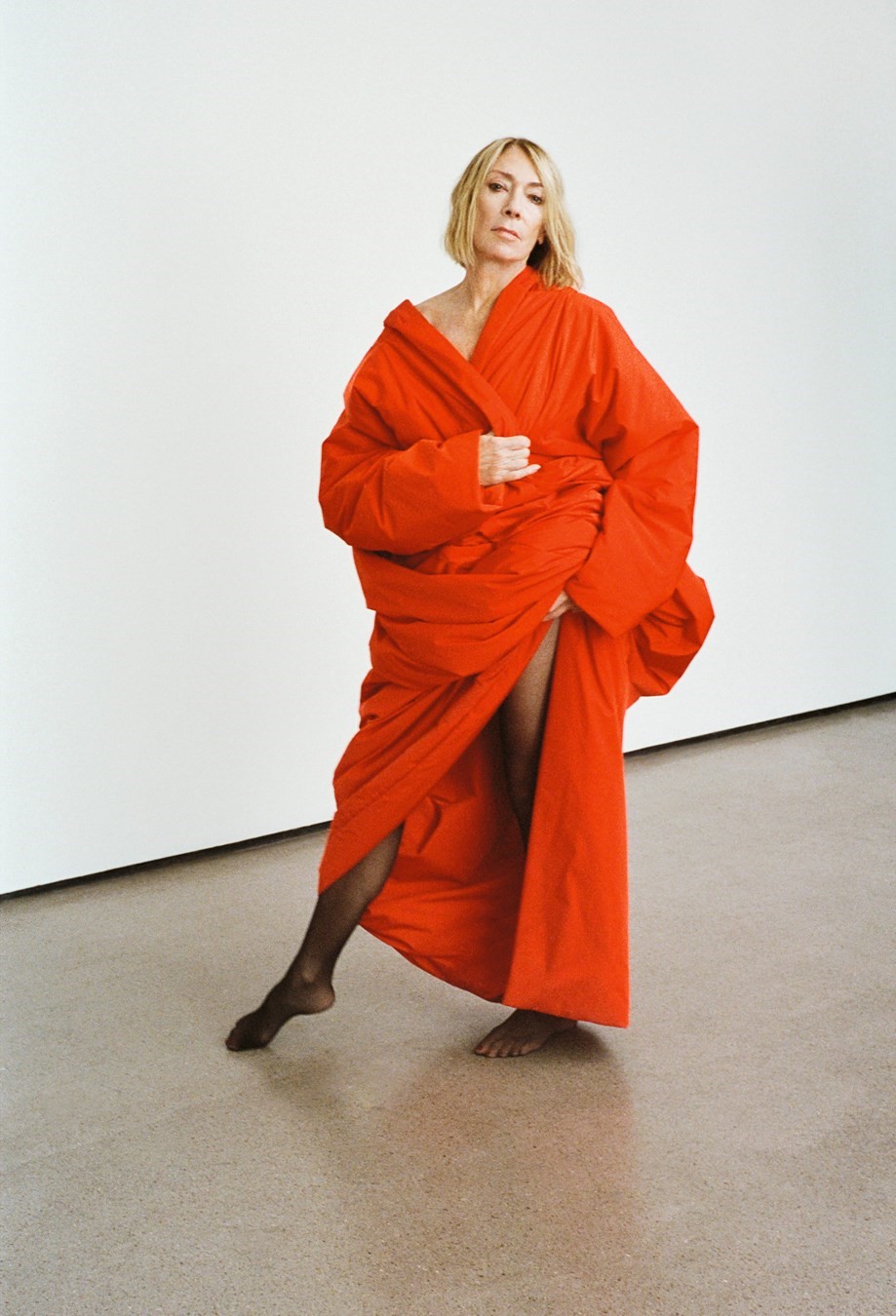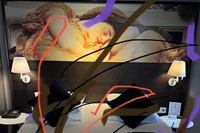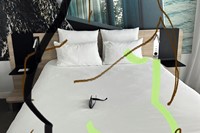This story is taken from the Spring/Summer 2024 issue of AnOther Magazine:
“As I was perusing my bookshelves for this Document, I kept thinking of more and more books I could include and became a bit overwhelmed. So this is a smattering of many excerpts I could have chosen that have moved me in some way. Certain books struck me in my teenage years – one I haven’t included is Women in Love by DH Lawrence. There was a word in it I became fascinated by – turgid – which Lawrence uses to describe a plant. I remember making a watercolour inspired by it that was lush and sensual. I also wanted to mention The Candy House by Jennifer Egan, which isn’t part of this selection, but it inspired the title of one of the songs and some lyrics on my new record. There isn’t one broad idea that draws me to certain writings. I find mostly it’s something that I relate to in the characters, or the way of thinking, that hooks me.”
— Kim Gordon
The Lover by Marguerite Duras
“Pretty much any page from this book, a novelistic memoir, is beautiful. It’s set in the 1930s in Saigon but it brought me back to my coming of age living in Hong Kong and being allowed to walk around for the first time by myself.”
— Kim Gordon
The noise of the city is very loud, in recollection it’s like the sound- track of a film turned up too high, deafening. I remember clearly, the room’s dark, we don’t speak, it’s surrounded by the continuous din of the city, caught up in the city, swept along with it. There are no panes in the windows, just shutters and blinds. On the blinds you can see the shadows of people going by in the sunlight on the sidewalks. Great crowds of them always. The shadows are divided into strips by the slats of the shutters. The clatter of wooden clogs is ear-splitting, the voices strident, Chinese is a language that’s shouted the way I always imagine desert languages are, it’s a language that’s incredibly foreign.
Outside it’s the end of the day, you can tell by the sound of the voices, the sound of more and more passers-by, more and more miscellaneous. It’s a city of pleasure that reaches its peak at night. And night is beginning now, with the setting sun.
The bed’s separated from the city by those slatted shutters, that cotton blind. There’s nothing solid separating us from other people. They don’t know of our existence. We glimpse something of theirs, the sum of their voices, of their movements, like the intermittent hoot of a siren, mournful, dim.
Whiffs of burnt sugar drift into the room, the smell of roasted peanuts, Chinese soups, roast meat, herbs, jasmine, dust, incense, charcoal fires, they carry fire about in baskets here, it’s sold in the street, the smell of the city is the smell of the villages up-country, of the forest.
Excerpt from L’amant (The Lover) by Marguerite Duras, published by Les Éditions de Minuit in 1984.












